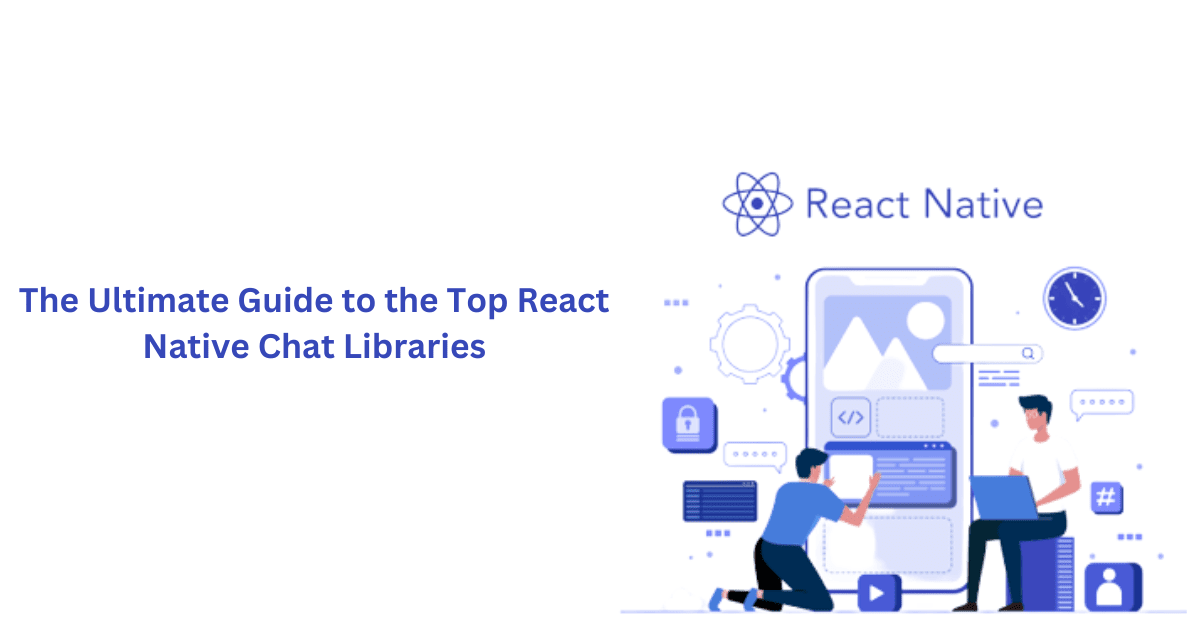
ReactJS has emerged as one of the most powerful and widely used JavaScript libraries for building interactive and dynamic user interfaces. With its modular architecture, declarative nature, and strong community support, ReactJS has become the go-to choice for developers worldwide. However, to fully unlock the potential of ReactJS, it is essential to leverage the right tools and libraries. These resources not only streamline development but also enhance the overall quality and maintainability of applications.
This blog explores some of the top tools and libraries that can maximize efficiency in ReactJS development. Whether you are a seasoned developer or just starting your journey, these recommendations will help you take your projects to the next level.
Create React App (CRA)
Create React App is a must-have tool for developers who want to get started with ReactJS without dealing with the complexities of manual configuration. It provides a boilerplate that includes everything needed to kickstart a ReactJS project, such as Babel, Webpack, and ESLint.
Key Features:
- Pre-configured setup for ReactJS projects.
- Supports ES6 syntax and JSX out of the box.
- Built-in development server with hot-reloading.
By simplifying the initial setup, CRA allows developers to focus on building applications rather than configuring tools and dependencies.
React Router
React Router is the go-to library for implementing routing in ReactJS applications. It enables seamless navigation between different views or pages, making it indispensable for single-page applications (SPAs).
Key Features:
- Dynamic routing with URL parameters.
- Nested and protected routes support.
- Easy integration with Redux and other state management libraries.
React Router’s flexibility and simplicity significantly enhance the user experience by allowing the creation of intuitive and accessible navigation structures.
Redux
State management is a critical aspect of any complex application. Redux is a predictable state container that works seamlessly with ReactJS. It simplifies the management of shared states and helps developers build scalable applications. Leveraging Redux as part of professional ReactJS development services ensures optimal state management and scalability in modern applications.
Key Features:
- Centralized state management.
- Debugging tools like Redux DevTools.
- Middleware support for handling side effects (e.g., Redux Saga or Redux Thunk).
Although Redux comes with a learning curve, it’s an invaluable tool for large-scale applications where state management becomes challenging.
Material-UI (MUI)
Material-UI is a popular library for building visually appealing user interfaces in ReactJS applications. It provides pre-styled components based on Google’s Material Design guidelines, allowing developers to create consistent and attractive designs effortlessly.
Key Features:
- Rich set of customizable components.
- Built-in theming and styling options.
- Easy integration with ReactJS.
Material-UI significantly reduces development time by eliminating the need to design components from scratch.
Styled-Components
Styled-Components is a library for writing CSS in JavaScript. It allows developers to style components with a scoped approach, ensuring styles do not leak across the application.
Key Features:
- Dynamic styling with props.
- Automatic vendor prefixing.
- Theming support.
Using Styled-Components promotes a clean and maintainable codebase while enabling rapid styling iterations.
Formik
Formik simplifies the process of handling forms in ReactJS applications. It manages form state, validation, and submission, allowing developers to focus on building robust forms without boilerplate code.
Key Features:
- Easy integration with Yup for validation.
- Supports dynamic form fields.
- Handles complex form logic effortlessly.
Formik’s simplicity and flexibility make it a preferred choice for managing forms in ReactJS projects.
Axios
Axios is a lightweight library for making HTTP requests. Its simplicity and powerful features make it a popular choice for fetching data in ReactJS applications.
Key Features:
- Promise-based HTTP requests.
- Interceptor support for handling requests and responses.
- Automatic transformation of JSON data.
By integrating Axios, developers can efficiently manage API calls, making it easier to retrieve and manipulate data.
Jest and React Testing Library
Testing is an integral part of development, and Jest combined with React Testing Library provides a comprehensive solution for testing ReactJS components.
Key Features of Jest:
- Snapshot testing.
- Mocking capabilities for APIs and modules.
- A rich ecosystem of plugins.
Key Features of React Testing Library:
- Focuses on testing component behavior over implementation details.
- Simplifies DOM interactions during tests.
Together, these tools ensure robust and reliable ReactJS applications.
React Developer Tools
React Developer Tools is a browser extension that simplifies debugging and performance optimization in ReactJS applications. It provides a detailed view of the component hierarchy and state.
Key Features:
- Inspect and edit component props and state.
- Trace rendering behavior.
- Optimize application performance.
React Developer Tools enhances productivity by making it easier to identify and resolve issues.
Recharts
For data visualization needs, Recharts is a ReactJS library that allows developers to create stunning charts with ease. Its declarative nature and simple API make it an excellent choice for integrating charts.
Key Features:
- Wide variety of chart types (bar, line, pie, etc.).
- Responsive and customizable designs.
- Built-in animations.
Recharts is perfect for building dashboards and data-centric applications.
Conclusion
ReactJS development is a dynamic and ever-evolving field, but leveraging the right tools and libraries can significantly improve efficiency, scalability, and maintainability. From state management with Redux to seamless routing with React Router, each resource plays a crucial role in the development process. Additionally, tools like Material-UI and Styled-Components simplify UI creation, while Axios and Formik handle data and forms efficiently.
By incorporating these tools into your workflow, you can deliver high-quality applications that meet user expectations and business goals. Whether you’re an individual developer or a team offering ReactJS development services, these tools empower you to build robust and efficient applications that stand out in today’s competitive market.








